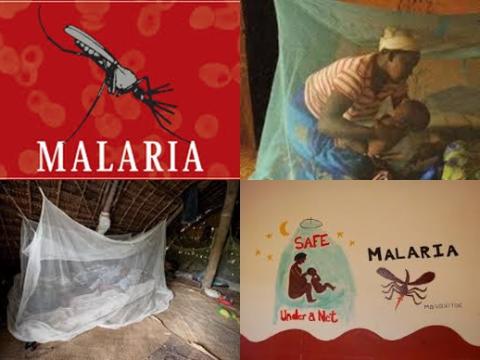
Objectives:
Long-lasting insecticidal nets (LLINs) have been widely used as an effective alternative to conventional insecticide-treated nets (ITNs) for over a decade. Due to the growing number of field trials and interventions reporting the effectiveness of LLINs in controlling malaria, there is a need to systematically review the literature on LLINs and ITNs to examine the relative effectiveness and characteristics of both insecticide nettings. Therefore, this review article has been conducted.
The aim of this review article is to examine the relative effectiveness and characteristics of both long-lasting insecticidal nets (LLINs) and conventional insecticide-treated nets (ITNs)?
Study design:
This review article included 14 ITN articles and 12 LLIN articles since the year 2000 with a sample size of 154 subgroup observations, provides a comparison with findings in 1995.
14 ITN articles, 6 were randomized controlled trials and 6 were cross-sectional studies, that compared malaria prevalence between a group that slept under ITNs and a group that did not and 2 were cohort studies that analysed malaria rates within groups before and after using an ITN. The mean study size was 1,500 participants. Of all studies, 13% of observations were in children under 5 years of age.
Of the 12 LLIN articles, 5 were randomized controlled trials, 4 were cross-sectional studies and 3 were cohort studies. The mean study size was 1,728 participants. A total of 37% of LLIN observations looked at children under 5 years of age.
There was substantial heterogeneity in study characteristics and effect size.
Results and conclusions:
The investigators found that long-lasting insecticidal net use significantly reduced risk of malaria with 56% [overall OR = 0.44, 95% CI = 0.41-0.48, p 0.01, I2 = 96.5%].
The investigators found that conventional insecticide-treated net use significantly reduced risk of malaria with 41% [overall OR = 0.59, 95% CI = 0.57-0.61, p 0.01, I2 = 97.4%].
The investigators found meta-regression model confirmed that long-lasting insecticidal net use were significantly more effective than conventional insecticide-treated net use in the prevention of malaria, when controlling for other covariates.
The overall effectiveness of ITNs and LLINs in reducing the incidence of malaria was 41% and 56% respectively, when compared to people who used no form of netting. This implies that the efficacy of treated nets has improved substantially over the last decade, despite concerns that pyrethroid resistance in mosquitoes may compromise the ability of treated nets to kill mosquitoes.
The investigators found for both types of nets, protective efficacy was greater in high transmission areas when nets were used for an extended period. However, cross-sectional studies might overestimate the effect of the nets.
The investigators found that the results surprisingly suggested that nets were less effective in protecting children under the age of 5, which might be due to differences in child behaviour or inadequate coverage.
The investigators concluded that LLINs are statistically more effective than ITNs in preventing malaria, although the effectiveness of both has been substantially improved during the past decade. These findings support the importance of treated nets and the improvement from LLINs, in malaria control.
Original title:
A Meta-Regression Analysis of the Effectiveness of Mosquito Nets for Malaria Control: The Value of Long-Lasting Insecticide Nets by Yang GG, Kim D, [..], Paul CJ.
Link:
https://www.ncbi.nlm.nih.gov/pmc/articles/PMC5877091/
Additional information of El Mondo:
Find more information/studies on food fortification/malnutrition and study design/meta-analysis/significant right here.